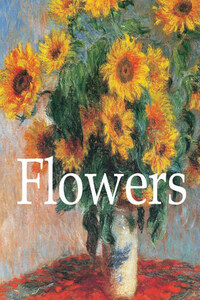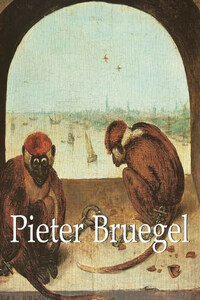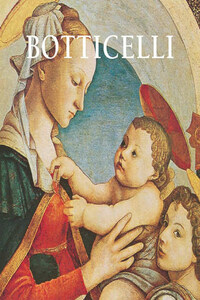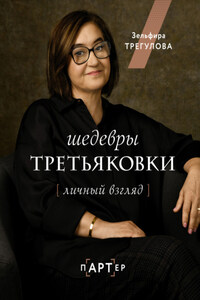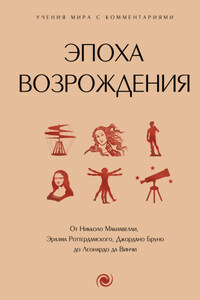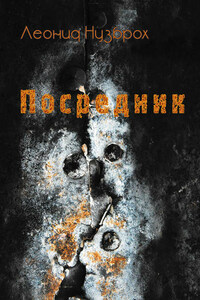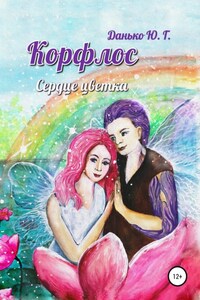Flowers in a Japanese Vase
Augustin Thierriat, 1854
Oil on canvas, 65 × 49 cm
Musée des Beaux-Arts, Lyon
Adam and Eve have already been expelled from the Garden of Eden, a miraculous place where the plant life is balanced, and flowers abound…
The craftsmen of the Nile valley already delight in painting papyrus and lotus on the walls of tombs… the ultimate statements of their love of the good life.
The Cretan ceramists are already painting crocuses or other flowers on vases.
According to Pliny, pictures of flowers have been painted since the time of Alexander.
The Virgin in a Garland of Flowers
Peter Paul Rubens, c.1618
Bayerische Staatsgemäldesammlungen
Alte Pinakothek, Munich
In the Middle Ages, the Dominican Albert the Great devoted a chapter to De plantatione viridarium, in his “Treatise on Plants”.
Tapestries with the thousand flowers of the hanging of the unicorn show lilies, roses, carnations, irises… Herbs and flowers decorate royal dwellings, while flowers are used in ceremonies and religious processions.
In a representational work, the artist searches for a compromise between imitation and the expression of his thought.
The Graces Adorning Nature
Peter Paul Rubens
The Art Museum and Gallery, Glasgow
Symbolism begins to develop each time the artist exhausts his source of inspiration in nature. Thus, painters, fascinated by the beauty of flowers which stir their imagination, express the inexpressible through allegory and symbol. But must the artist conform to the aesthetic constraints of nature…? Flowers braided into wreaths also take on several meanings. The first Christians symbolised paradise with wreaths of flowers painted close to the figures.
Basket of Flowers and Fruits
Corneille van Spaendonck, 1804
Oil on canvas, 93 × 73 cm
Private collection
Roses and lilies were frequently portrayed in the Renaissance arranged as a wreath around the Virgin, saints or angels, as in La Vierge à l’enfant avec Saint-Jean (The Virgin and Child with St. John) by Filippino Lippi, kept at the National Gallery in London. Flowers, in particular jasmine with its white star shape and sweet scent, are one of the symbols of the Virgin. For this reason the Virgin is often represented in garlands of flowers.
Roses in a Blue Vase
Anne Vallayer-Coster, 1775
Oil on leather, 46 × 37.5 cm
Private collection, London
For example, Peter Paul Rubens painted The Virgin in a Garland (kept in the Bayerische Staatsgemäldesammlungen, Alte Pinakothek of Munich). Flowers in the works of Van Eyck or the German masters form an entity with Christ and the Saints, and the artists take an entirely new pleasure in reproducing them. The flower symbolises grace, elegance, and kindness – meanings which are directly derived from the morphology of this graceful, elegant, delicately perfumed type of plant. Botanical naturalism emerges in Van Spaendonck’s Basket of Flowers and Fruits, with a Goldfinch on an Earthenware Jar.
Basket of Flowers and Fruits with a Goldfinch on an Earthenware Jar
Corneille van Spaendonck
Oil on wood, 50.5 × 49 cm
Private collection, Paris
It was developed by the illuminators of northern Europe at the end of the 15th century when they were weary of painting religious scenes. These painters, who were considered botanists too, catalogued the rare plants and flowers which were flooding in from different parts of the globe. Botanical gardens, such as those in Padua in 1543, were created to collect them. Botany developed rapidly in the second half of the 16th century. In 1601, the Flemish illustrator, Charles de l’Escluse devoted a work to rare plants, Rariorum plantarum, which is a huge illustrated natural history collection.
Flowers and Fruits on a Marble Table
Iphigénie Milet de Mureau
Oil on canvas, 90 × 67 cm
Private collection, Paris
From the 16th century on, the bouquet of flowers became a pretext for painters to show off their talent. It was a popular subject when the art of illumination was on the decline. Floral print-making, however, was caught up in an ever-changing organic movement, making it difficult to establish stages of style marked by innovations in the treatment attributed to this or that artist. Exotic flowers from the East or West Indies were the subject of great interest. In 1521, the Spanish discovered superb gardens in Mexico. But it was Turkey, in the second half of the 16th century, that would be the greatest source of enrichment for our gardens.
